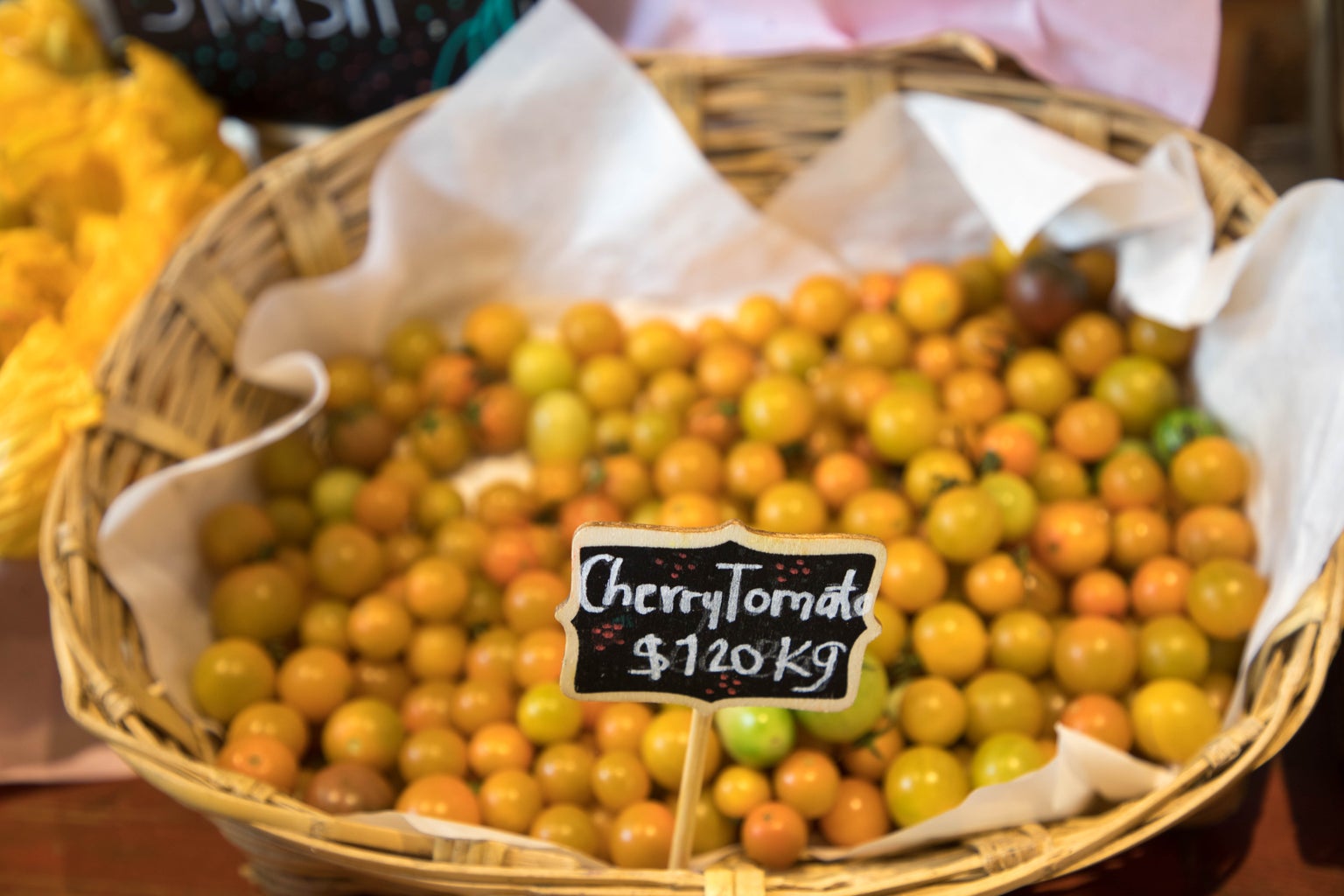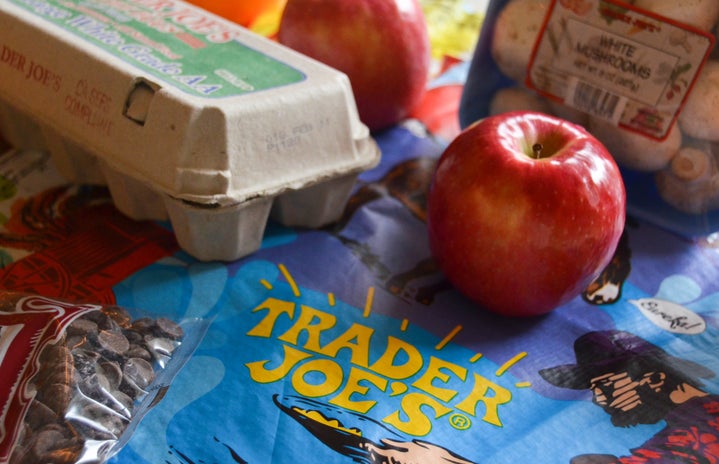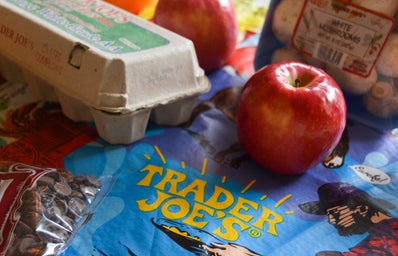I’ve lived in small towns practically all of my life; why I decided to come back to one for college, I don’t entirely know. Thankfully I have a car. But something universal I’ve noticed about the “small town” or often “suburban town” experience, especially with young people, is this fascination with grocery stores. When you have nothing to do, what do you do? You go to Target.
There’s this mysticism around going to grocery stores or essential shopping hotspots like Target and Trader Joe’s, or for people like me who didn’t grow up with any of those, Walmart. It’s made into a fun activity, something to do with your friends instead of doing it as a chore. People want to go to what feels like a trendy location, and with limited offerings, many people end up deferring to the closest thing, which can sometimes just be a Target. I’ve made trips out to Easton just because of Trader Joes; I buy my almond butter, kombucha, maybe a few snacks, and that’s it. That’s the whole point of the trip. Maybe you get a coffee on the way, or while you shop, but really you’re just messing around in the store with your friends. There’s something about the experience of browsing through aisles, buying things you want but don’t need, and looking at things you need but won’t buy, that draws people in.
Not all grocery store trips are created equal. The object of these trips tends to be what I’d call “upscale” stores, usually not your average Walmart or Kroger. There’s something about the industrial aesthetic of a Walmart that tends to turn people off—even though it’s essentially the same thing. Take Erewhon, an extreme example in the opposite direction, the viral expensive grocery store in LA that totes $16 dollar exotic celebrity collaboration smoothies and $60 gallon bottled waters. Visitors tend to be fitness girlies buying smoothies, rich people buying groceries, or tourists who want to hop on the trend, but in the end, it’s a literal grocery store. In the rural town of 11,000 people I grew up in, we wandered around Walmart for fun. When you’re in the middle of nowhere Mississippi with no Starbucks and the closest Target across state lines, you make do.
There is absolutely a class component to this weird grocery-store obsession, though people a lot more well-researched than me could tell you more about it. If you’re more interested in this topic, I’d recommend this video essay by TiffanyFerg on the American Target fixation. TLDR; going to Target has developed this sense of suburban wonder, a representation of convenience, and a sense of semi-luxurious shopping. It is the contrast between places like Target to dollar stores or other grocery stores that makes frequent Target shoppers feel that their experience is special, or different. While stores in the Target price point may seem reasonable to some, not everyone has the privilege to afford them.
So then, is the random wandering around of a grocery buying candles or interesting snacks just an activity fueled by boredom, or do we subconsciously fixate on these stores based on a sense of class and monetary desirability? Or do we just need to buy some bread?



